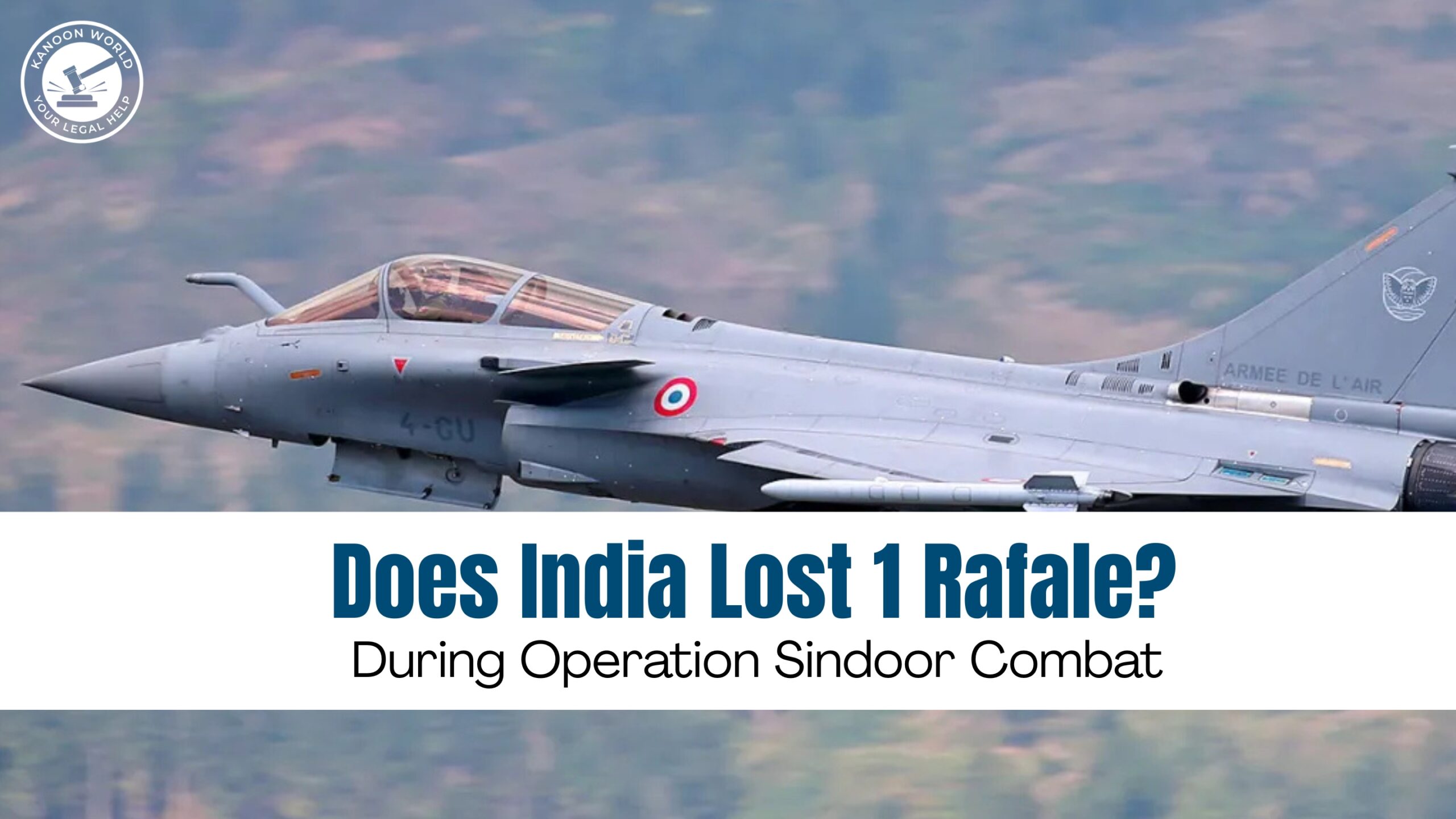In a significant development that clears the air over recent speculations and geopolitical claims, Dassault Aviation CEO Eric Trappier has confirmed that India lost one Dassault Rafale fighter jet during Operation Sindoor. Contrary to sensational claims made by Pakistan, the aircraft was not shot down in enemy engagement, but was reportedly lost due to a high-altitude technical failure.
This revelation not only dismantles Pakistan’s narrative of having downed multiple Indian aircraft, including Dassault Rafales, but also draws attention to a wider disinformation campaign, allegedly backed by Chinese interests, aimed at discrediting French aerospace engineering and India’s defence capabilities.
Operation Sindoor and the Pakistani Claim
Last month, Pakistan claimed to have shot down six Indian aircraft during Operation Sindoor, including the much-celebrated Rafale fighter jets. These assertions were made with considerable media coverage in Pakistani outlets, likely aimed at creating a strategic and psychological edge in the narrative war. However, Chief of Defence Staff (CDS) General Anil Chauhan was quick to reject these claims during his address at the Shangri-La Dialogue in Singapore. He categorically termed Pakistan’s statements as “absolutely incorrect,” confirming that India had suffered some losses but none due to hostile action.
In a separate interview with Reuters, General Chauhan elaborated that Indian forces had penetrated Pakistani airspace multiple times and carried out precision strikes, bypassing all enemy air defence systems with remarkable ease. His statements highlighted the tactical superiority and operational confidence of the Indian Air Force during the mission.
Dassault Aviation Breaks Its Silence
Amidst mounting speculation, Dassault Aviation CEO Eric Trappier addressed the issue directly in an interview with French defence publication Avion De Chasse. Trappier acknowledged the loss of a Rafale jet during an extended training mission at an altitude exceeding 12,000 metres. The cause, he clarified, was a high-altitude technical malfunction, not a result of enemy radar lock, missile strike, or hostile aircraft engagement.
“Our Spectra electronic warfare system showed no record of enemy contact,” said Trappier. “All onboard logs and flight records align with the Indian Air Force’s official data, confirming no hostile involvement.”
This statement has been instrumental in reaffirming the credibility of both the Rafale aircraft and the Indian Air Force. It has also dealt a substantial blow to Pakistan’s claim, which many analysts now view as part of a broader disinformation strategy.
The Role of Chinese Disinformation
Adding a deeper layer to the controversy is the involvement of Chinese state-backed actors. According to a report by the Associated Press, French intelligence services have discovered that China mobilised its embassies globally to cast doubt on the performance and reliability of the Rafale jet.
These activities were reportedly intensified after the Rafales were deployed during India-Pakistan tensions in May. French military officials have interpreted this as part of a deliberate smear campaign designed to undermine the reputation of Dassault Aviation and discourage international buyers.
Target countries included those that had already procured Rafales or were in advanced stages of negotiation. The goal was clear: shift global defence procurement interest from Rafales to Chinese-manufactured jets such as the J-10C.
France’s Ministry of Defence responded sternly, stating that such campaigns attack not just the commercial interests of its defence sector but also its strategic autonomy and global partnerships. The disinformation attempts are viewed as an assault on France’s position in the global arms market, which has seen a significant boost following the successful deployment of Rafale jets by India.
Strategic Implications for India
For India, the Dassault CEO’s confirmation and rejection of Pakistani claims serve as a validation of its operational integrity and technological investments. The Rafale deal, which had attracted political criticism and scrutiny over the past few years, is now seen in a more favorable light due to its proven capabilities during high-stakes operations.
The Indian Air Force’s ability to conduct precision strikes deep within enemy territory without losing aircraft to hostile fire is a testament to its training, planning, and technological edge. Moreover, it strengthens India’s deterrent posture in a region fraught with conventional and hybrid threats.
A Wake-Up Call for Media Verification
This incident also underscores the importance of information verification in the age of hybrid warfare and media manipulation. The spread of misinformation—whether from state actors or through social media—can have significant geopolitical consequences. In this case, a false narrative could have potentially escalated tensions between nuclear-armed neighbors.
Dassault Aviation’s timely intervention, coupled with the Indian defence leadership’s firm rebuttal, prevented the misinformation from taking deeper root. It also highlighted the importance of transparency and timely communication in maintaining strategic credibility.
Conclusion
The confirmation that India lost one Rafale jet due to a technical fault—not enemy action—sets the record straight. It exposes the falsehoods propagated by Pakistan and reveals a coordinated campaign, possibly led by China, to undermine the reputation of Rafale and France’s defence sector.
As global defence partnerships evolve, the focus must remain on integrity, transparency, and facts. For India, the reaffirmation of its operational capabilities and the debunking of false narratives represent a significant strategic win. For France, it reinforces the strength of its defence exports and the resilience of its flagship combat aircraft.
In the end, truth prevails—not just in the skies, but on the global stage where perception is as powerful as firepower.



